
This website is for users aged 21 and over. Please confirm your age.
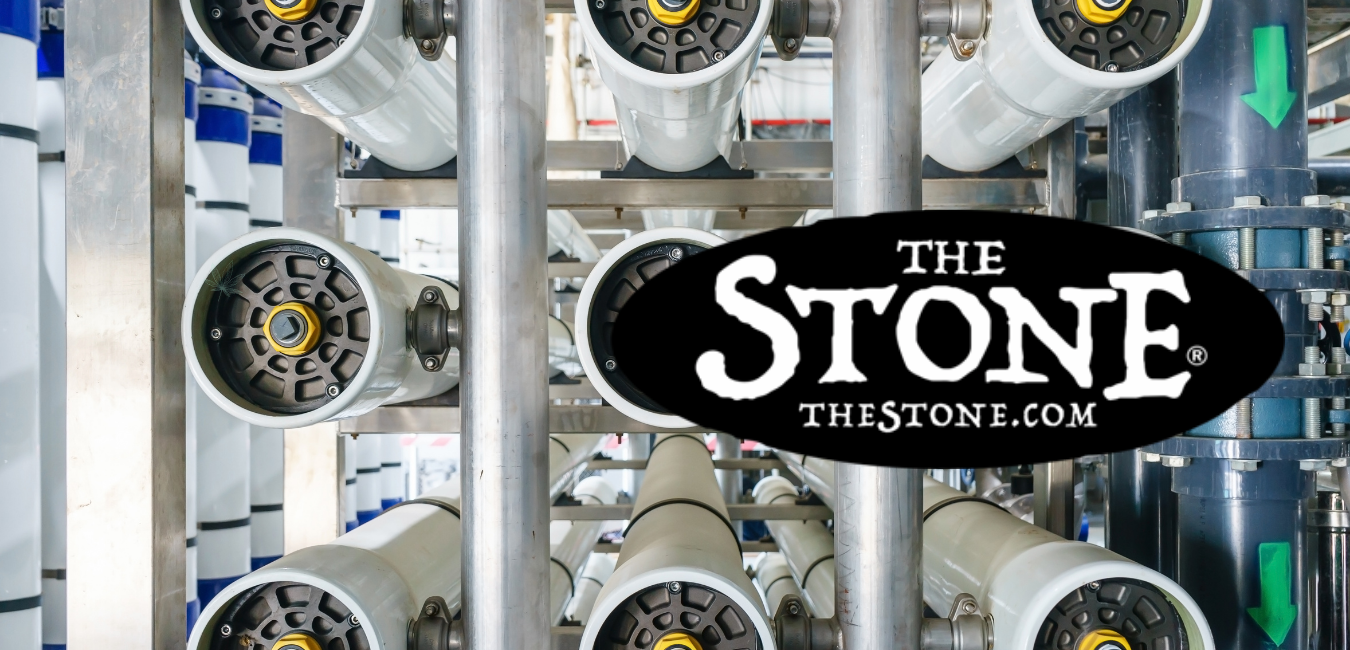
I used to think I’d never grow cannabis. The idea of spending a few hundred dollars on a setup and energy costs alone made me cringe. But one day I was looking for a new indoor hobby and something clicked. Why not learn how to grow my stuff? See what all the fuss is about?

So, I set out to research as much as humanly possible before spending money on any equipment or seeds/clones. This article is what I learned from that research, based on my needs as a first-time grower with no access to outside expertise (no “friend” who grows). It’s not going to take you from start to finish, but it will give you enough information so that you can start your research and continue to educate yourself as you begin the process.
Unnecessary to say I am not a doctor or an expert of any kind on the subject. This article sums up my experiences as a wholly inexperienced yet dedicated cannabis grower and what has worked for me so far (and what hasn’t). I hope it helps those as clueless as I was when I started. Please do your research before growing; there is plenty out there already, and this article isn’t meant to be all-encompassing. The idea is merely to help those who know absolutely nothing beyond “you can grow it inside or outside” and “get seeds and go.”
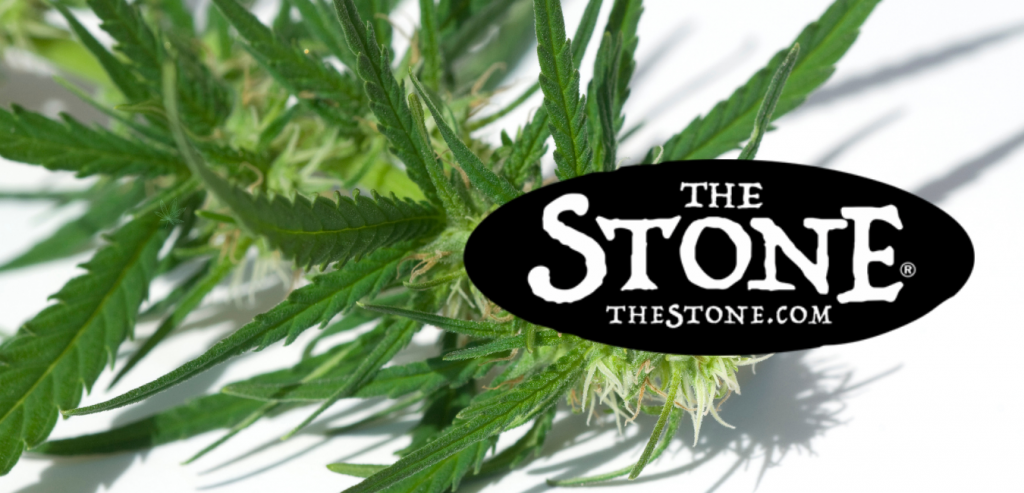
The first step to growing your own weed is knowing what makes it such a finicky plant. Most flowering plants require light, water, and nutrients to survive and thrive after germination. It’s no different, but because it originates from such vastly different climates than we see here in North America (as well as other countries where cannabis has been introduced), marijuana’s growing requirements are much more complicated than those of most other flowers:
The first thing you must understand about this tropical plant is its preference for bright, direct sunlight and low humidity. This may seem like an easy task for those who live somewhere with long summers and little rainfall; however, indoor growers will find this aspect particularly difficult because of the cannabis plant’s height and size. The further away from your grow lights (which should be natural sunlight fluorescent or LED to produce low heat), the less efficient your bud will be at photosynthesis, resulting in smaller yields and lower potency.
When we grow flowers, we imagine a dry climate with little rainfall; however, cannabis requires much more water than its counterparts. It needs plenty of nutrients and oxygen throughout its life cycle, and it cannot provide that by itself when grown in a dry environment. This is why you must buy a humidity dome for your plants after germination until they are well-rooted in their containers/pots.
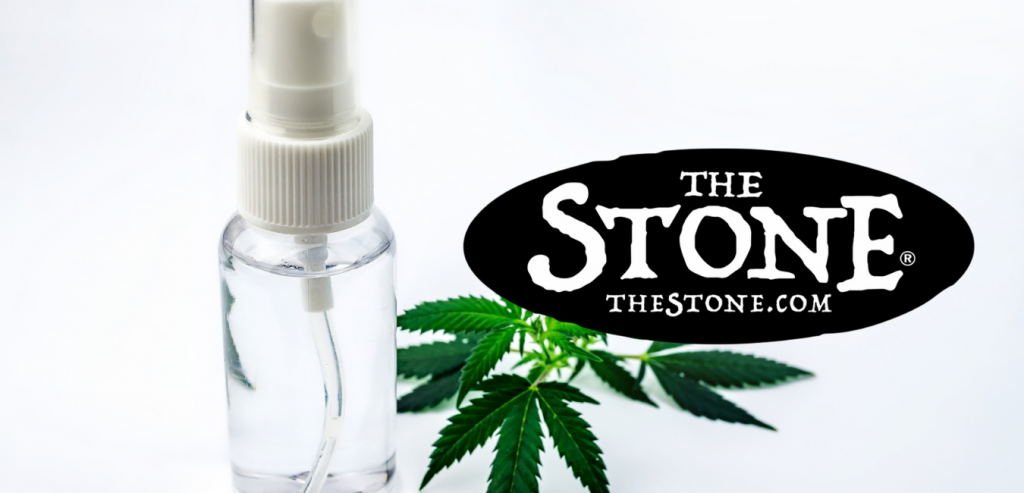
Nutrient deficiencies can happen when there isn’t enough fertilizer available for your plant. Cannabis requires a lot of nitrogen and phosphorus to increase and stay healthy, so if you plan on using the nutrients provided by soil or coco coir (which I recommend), make sure your mix is high in nitrogen and phosphorus. Alternatively, you could use an organic nutrient solution throughout the life cycle as well; I’ll be doing this for my next set of plants.
I recommend starting with soil as it provides the most manageable growing conditions (even for those who lack specific knowledge about cannabis). However, hydroponics like coco coir is also possible and has produced even higher yields than soil. It all depends on how much time and effort you put into your plants, but I tend to use soil to grow simply because it’s easier for me to work with.

Be sure to follow the instructions on whatever brand of coco coir you buy! Remember that your seedlings will still benefit from humidity until they are well-established after germination, so don’t take the dome off too early. A good rule of thumb is about four days after sprouting. It all depends on how warm or humid your environment is; keep an eye out and remove the humidity dome whenever your seeds have their second set of ‘true’ leaves (the first two leaves from the seed).
Outdoor growers will need a tall grow light, as well as a way to make sure it stays cool. Whether you’re using natural or fluorescent lighting, keep in mind that cannabis requires much more watts than other flowers and that producing too much heat will lead to smaller yields and lower potency.
Check out this article for some insight on how lights affect plant growth! Indoors, you could use compact fluorescent bulbs (CFLs) or even metal halide bulbs for your plants; however, I would again recommend going with natural sunlight LED fluorescents because they produce so little heat compared to traditional sodium vapor lamps.
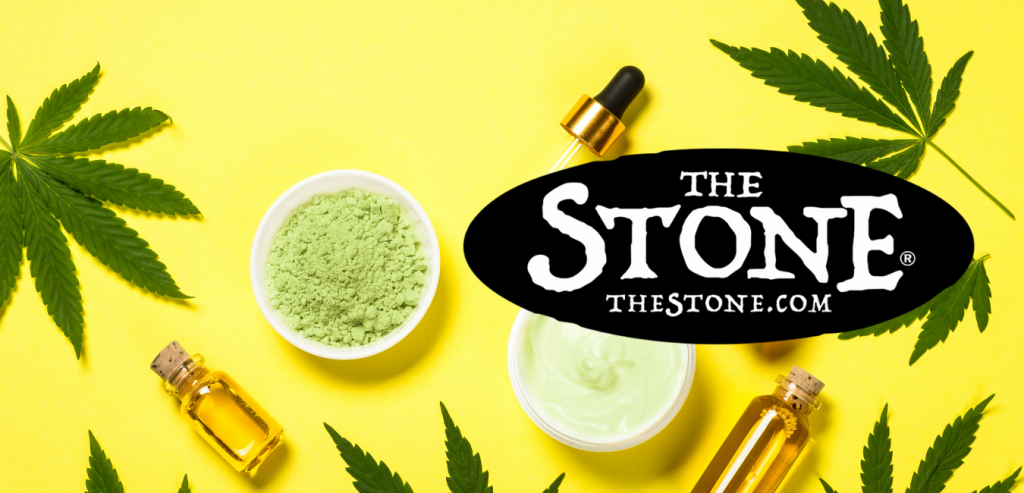
Note: Remember not to touch your plants right under the light as their leaves will become very hot to handle!
Both soil and coco coir works well for marijuana, so it’s ultimately up to your discretion. However, if you plan to go with soil, I recommend using a high-quality potting mix made from organic nutrients or an all-purpose blend containing worm castings and bat guano. If you’re wondering what those are, worm castings are ‘the end product of the breakdown of organic matter by earthworms.’ At the same time, bat guano consists almost entirely of nitrogen and phosphorus. That means these two ingredients help give your plant plenty of nutrients for healthy growth throughout its life cycle. For more information about growing mediums/mixtures, check out our blog post about that here.
When light reflects off the surface of your plant’s leaves, it reduces the number of bud sites on your plant. That’s why you should always consider using an all-black grow tent, so there is no reflection whatsoever. This will increase your yields by up to 30%! If you don’t have the money for one of those, switch out white or silver reflective materials with black ones; this means covers, gloves, soil sacks, etc. Be careful when handling grow lights as they can quickly burn dry cloth (and people!)
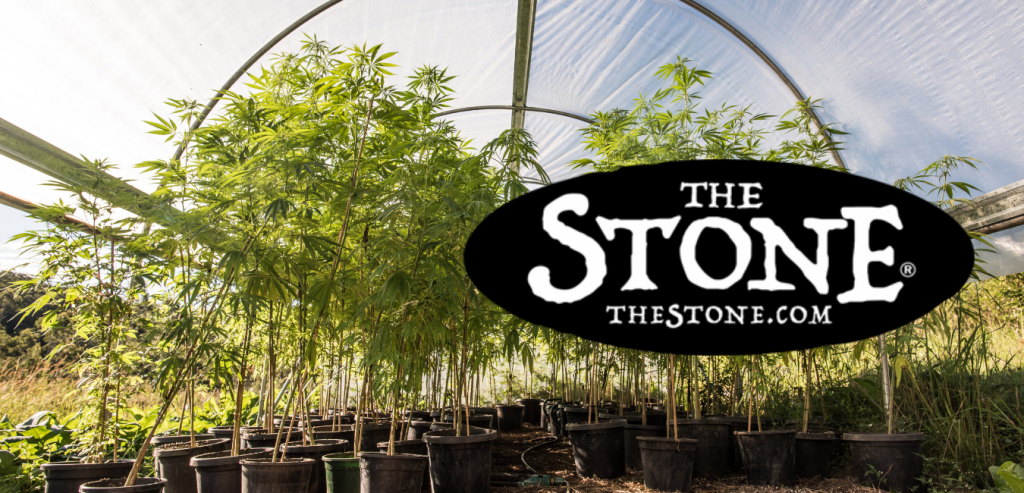
An Introduction aeroponics Source: Green House Seed Co.
Root P horus is a water culture technique that has been around for years now but has only recently received attention. The roots are constantly submerged in aerated nutrient-rich water instead of soil. Although this method requires more work than other types of hydroponics (and often costs more, too), it delivers much higher yields.
It can be easier to control pH balance, which tends to go off when growing with soil or coco coir alone. However, since you’re growing plants in water, root rot may become an issue if you don’t ensure good drainage or give your plants/roots enough space to breathe! Despite this minor setback, I’m still a big fan of hydroponic growing (mainly in the vegetative stage), especially when using an aeroponics system like this one! Just look at how much cola they got on these plants!
Source: Green House Seed Co.
Keep your seedlings under a humidity dome until their second set of ‘true’ leaves has come in when you’re first starting. There are many benefits to transplanting only once, including reduced shock and minor root damage during the process. Those who transplant more than once may experience delayed growth or nutrient absorption issues due to the loss of roots. Therefore, you should transplant your plants in the early vegetative stage (the third or fourth week) when they are around four inches tall. You can keep them under humid conditions until they reach their desired height; at this point, they will be more resistant to shock and root damage.

Just like when using soil, if you’re growing with coco coir, then it’s vital that you do everything in your power to avoid nutrient burn! We recommend that growers use their tap water (if safe for consumption/cooking) or purchase distilled or RO water from a local store. If you have hard water lying around somewhere, though, don’t worry! There is always some workaround. Check out our blog post about water here for more info!
Root zone oxygen is essential when growing cannabis (or any other plant). It’s not that you want too much oxygen, but instead that you don’t want to suffocate your roots! However, without enough root zone, oxygen-poor growth and nutrient lockout can occur; this means your plants may be unable to absorb the nutrients they need to grow.
When your roots are deprived of oxygen, their growth will slow down, and microbial life in the root zone may be compromised. This can lead to nutrient lockout (where the plant cannot absorb the nutrients it needs), along with deficiencies or toxicity issues if you’re using liquid nutrients.
Oxygen is required for healthy root growth, which means that this step cannot be neglected! If you believe your plants are showing signs of suffocation, try transplanting them into a breathable growing medium like coco coir or Rockwool.
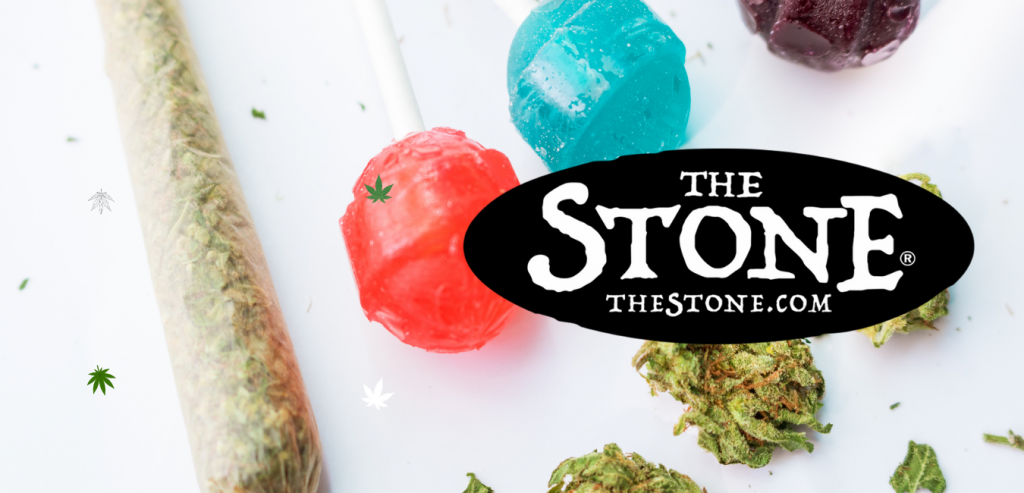
You won’t have to worry about pH balance nearly as much when growing with these two choices compared to hydroponics. Rockwool requires a bit more maintenance since it can hold onto more nutrients than coco coir (which leaches the water, changing pH). If you’re looking for something that doesn’t require as much maintenance and is exceptionally breathable, go with coco coir.
Although it’s unlikely that your roots will experience any problems when growing weed in a proper hydroponic reservoir, sometimes things do happen. If this does occur, simply transplanting to a clean container filled with an appropriate growing medium should solve the problem. Rockwool cubes are a great choice– Rockwool cubes made for orchids contain tiny air pockets throughout, allowing the roots to grow without fear of them suffocating from stagnant water. The superabsorbent qualities of Rockwool act like a sponge, wicking up excess moisture that could lead to root rot.
A great thing about hydroponics is that plants can be transplanted very quickly compared to soil. There’s no need to worry about disturbing delicate roots in the process! You can cut out one block and pop it in another. This way, your plants will always have access to fresh nutrients in their root zones along with plenty of oxygen.
keep an eye on your plants’ nutrient levels (and remember what we mentioned above)– if they ever start showing signs of deficiencies or toxicity, it means that your roots are beginning to experience problems. Alternatively, check out our water testing kit to ensure your reservoir’s pH and nutrient levels are on point.
So if you’re growing cannabis with hydroponics, try using a high-quality reverse osmosis water filter. This will remove all chlorine from your tap water to be suitable for any hydroponic use!
Reverse Osmosis (or RO for short) is the process of pressurizing water and forcing it through a semi-permeable membrane. The particles that pass through will be larger than those filtered out, creating “pure” water after filtration. This includes both good and bad minerals and foreign elements such as chlorine. Even though RO strips our water of healthy minerals, we can add them back using additives during the flowering stage, so there’s no need to worry!
The first step is to find a suitable container to hold your growing medium and pure water, then drill or cut holes into the bottom for the water to drain. The second step is to fill your container with a growing medium and let it dry out before re-filling. This prevents any muddy runoff.
Products made especially for reverse Osmosis do not contain any additives. These include all the necessary minerals to aid in plant growth without polluting our pure water! The most popular one on the market is TAP Water Additive. It mimics the natural process of rainwater ‘mineralizing’ over time when it percolates through the soil. Another product worth mentioning is pH Perfect Sensi Grow, which contains essential macronutrients along with buffers, so you don’t need to worry about checking your pH levels.
You should change your water at least once a week for optimal plant health, but if you’re growing in the correct medium, you shouldn’t have to change it more than twice.
The best RO water has all its minerals added back in. This can be done using TAP Water Additive or pH Perfect Sensi Grow.
You should start noticing deficiencies within 1-2 weeks if you’re using reverse Osmosis! Most flaws can be remedied by adding calcium, magnesium sulfate (Epsom salt), or potassium salts. Don’t forget to check your pH levels too!
Leave a comment below if you have any questions or concerns. Cheers! – CP
I hope this article provides some background knowledge on reverse osmosis water filtration systems and how to use them for growing cannabis.
Feel free to check out The Stone Dispensary if you enjoyed this article. We love sharing information about growing cannabis (overcoming problems, strengths & weaknesses of each medium, maximizing yield/cannabinoid production, etc.) as well as building cool things like DIY RO systems. If I can do it, then you can too! Cheers! ~CP
We warmly welcome you to explore our highly acclaimed strains, concentrates, and edibles. Serving recreational clients with pride is our passion.
At our dispensary, you'll find a professional yet inviting atmosphere that prioritizes your comfort and privacy. Feel free to stop by at your earliest convenience to experience it for yourself. We can't wait to serve you!


